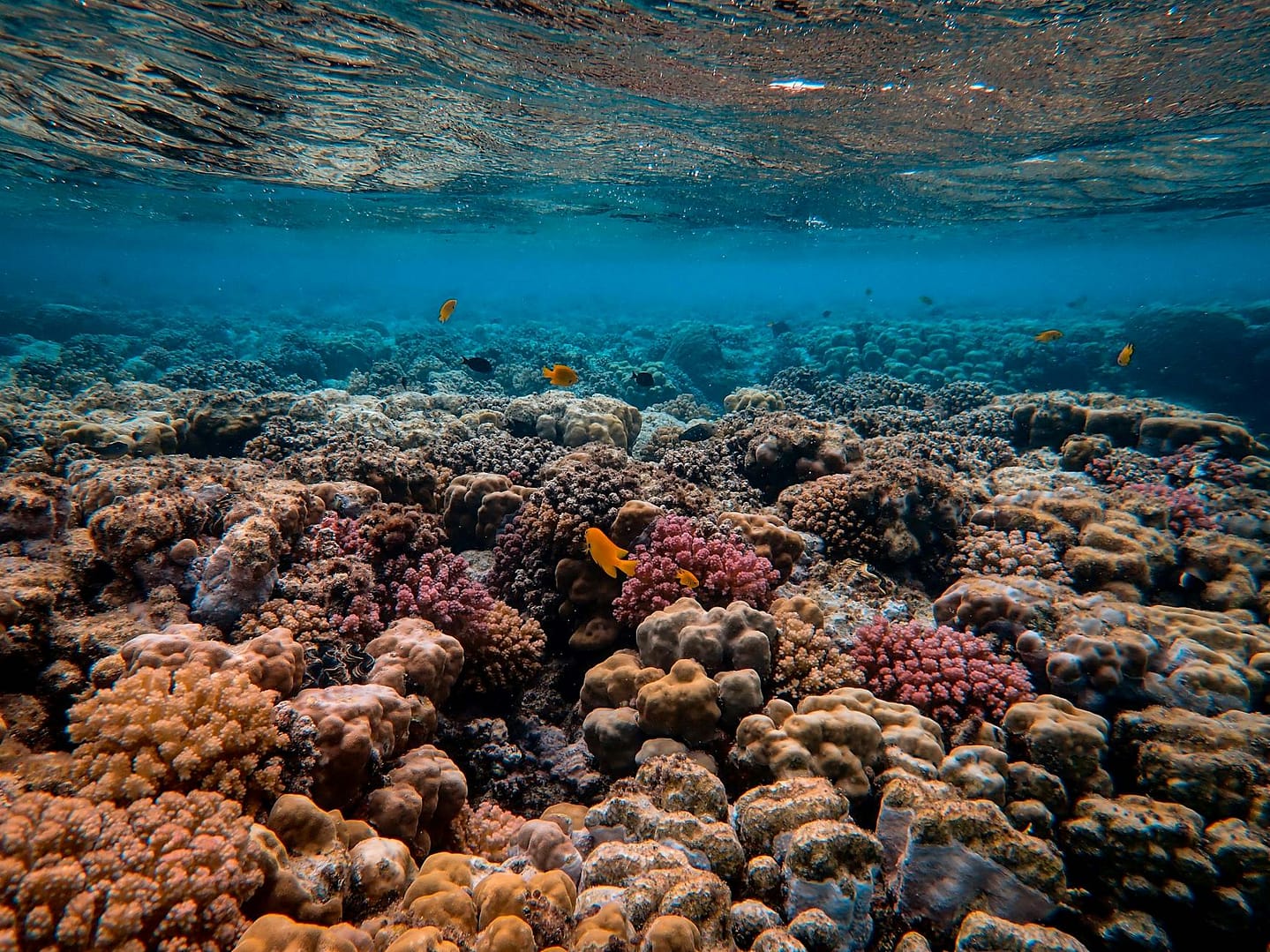When our youngest daughter was born, in February 2006, my wife and I decided to take the maternity leave in a warm place. A place with good wind and waves was on the wish list. It’s not that long ago.
Yet, we didn’t consider then to the extent we do today, CO2 emissions from air travel. And there was no excuse. The greenhouse effect had been known for a long time.
The fact that change in CO2 in the atmosphere could alter the surface temperature through the greenhouse effect was actually first suggested in 1896 by the Swede Svante Arrhenius.
Acidification from air travel
We looked at the map. It was an actual atlas that we put on the kitchen table. We talked and dreamed as we flipped the pages from one continent to another. Brazil, South of Spain, South Africa, India.
Since a new born child’s immune system isn’t fully developed at 6 months, and I was keen to go to a place with wind and waves, we decided to go to Maui, Hawaii, 17.5 tons of CO2 from Oslo. I lived and worked there a few months in the 1990’s.
I remember one day back then, at the garbage dip not far from the airport. The beautiful colour of the ocean in the horizon, crisp, fresh air and tropic, lush and green surroundings was a stark contrast to the emissions from an airplane that took off over my head. I literally saw how it fell to the water surface.
Human activity has emitted around 500 billion tons of CO2 since the Industrial Revolution. 30 per cent of this has been absorbed by the ocean. Every hour, the oceans absorb one million tons CO2.
We keep coral reefs from getting their building blocks
pH is a measure of the relative amount of free hydrogen and hydroxyl ions in the water. Water that has more free hydrogen ions is acidic, whereas water that has more free hydroxyl ions is basic. Lemon juice pH is 2, blood 7 (neutral) and liquid drain cleaner 14, which is the highest on the scale and basic. pH tells us to what extent water has been affected by chemicals. The scale is logarithmic. Each number represents a 10-fold change in the acidity/basicness of the water. Water with pH 5 is ten times more acid than the water having a pH of 6.
Before the Industrial Revolution, the ocean pH was 8.2. Today the average pH is 8.1. A decrease of 0.1 means 30 per cent more acid water. Human beings can control the pH in their blood. Many of the simpler marine species don’t have this ability.
CO2 reacts with seawater to form carbonic acid. The more acid seawater becomes, the less calcium carbonate it can hold. Corals need this to build their skeletons. Hence, human activity keeps coral reefs from getting their building blocks.
Warmer waters lead to coral bleaching
Coral bleaching is when the zooxanthellae algae is expelled by the coral. This happens when corals get stressed for instance when it gets too hot. Change in nutrition and sunlight may also cause this stress. The coral fades in color and if the temperature stays high, the algae won’t come back and the coral dies. One of the most famous bleaching events took place in the Great Barrier Reef East of Australia in 2016-2017. One third of the reef was damaged due to the mass bleaching. It has happened three times in just five years, last time in 2020.
The video below illustrates the challenges coral reefs face.





